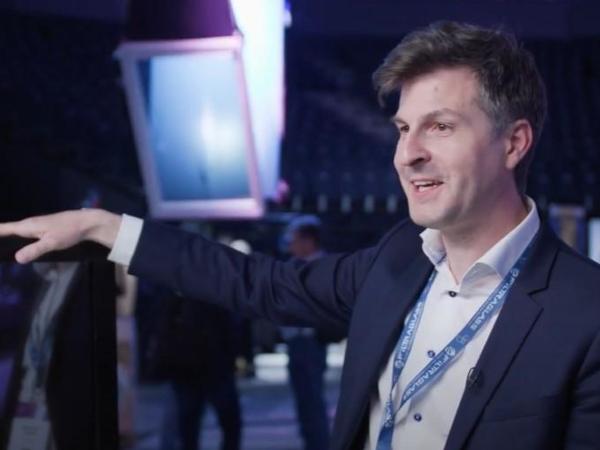
Date: 27 November 2023
We are eLstar Dynamics based in Eindhoven, the Netherlands. We are developing dynamic glass technology, which has the widest range on the market at the moment.
Our solution goes from a very dark level of 0.1% black up to 70%. This technology modulates both the visible light and the infrared light.
There are multiple advantages to this technology. For example, it’s very versatile. The technology is based on two glass panes with micro-patterned electrodes on them. And in between those two glass surfaces, electrophoretic paints are introduced. Basically, these are pigments that are charged and can be displayed via electric fields. If these are distributed everywhere, the glass is black. But as soon as we operate with the voltage, they’re going to hide behind the electrodes.
By doing this, we can have a fantastic range. But also, we can manipulate the dynamic range very easily by changing the electrode configuration without any more materials development on the ink. Plus, we can change the ink. This makes the level of modularity big.
The other major factor is that we can produce this device in a standard LCD factory. Although it’s not based on liquid crystals, we can utilize the already existing factory. The costs needed to produce this device are a fraction of the total cost of an LCD. And this is possible because we adapted to the LCD industry.
Now, we are looking forward to adapting to the window industry in the same way. LCD factories are using thin pieces of glass to handle with their machinery. We adapted to it. Our existing solution is only one-millimeter thick, which is not good for a window. So we have to laminate, use thick glass or even double-glazed units. And with our technology, it is actually possible to adapt to these requirements.
In this demo, you can see how the glass goes from 0.1 to 65% in less than a minute.
Importantly, the solution is very economical because it is pigment based.
We can develop red, green, blue, cyan, magenta or any color. But as soon as the pigments hide behind the electrodes, it is always neutral. So you start with the colored material ending up transparent. We are the only ones capable of doing that. In fact, we can also develop pure infrared pigments because they do exist. And if they exist, they can be formulated.
Our current focus, though, is on black because of the stage where we are as a company. But any other colors are totally feasible.
Later, we can have two modulators with this technology – one for light and another for heat. With this, you will be able to adjust the light intensity – the visible light – and the heat in your room separately. That’s also something unique. Other technologies will never make it like this.
At the moment, we gradually start to show this technology to the audience. The exposure is already enormous. Still, in the glass industry, we are not known that much. Therefore, being here at Step Change and GPD is a nice opportunity for exposure.
We are also looking for partnerships to further develop this technology.
As said earlier, we are now looking for an opportunity to integrate it into windows. So we need partners to adapt our technology as we had done with the LCD factory. We don’t want to be in the hurdle during the coming steps of post-processing a window.
Being a startup company, getting the financial support to grow our team is important, as well. After all, we want to grow bigger scale, up to square meters. Plus, we would like to develop more products at the same time and faster.
At the moment, several industries are very interested in this technology. The architectural industry, the automotive industry with all their sunroofs and even the electronic industry with its augmented reality and transparent display technologies. They all need these kinds of black modulators. And we can cover all three. But we’re not going to do it all at once. Therefore, we need to grow the business with the right focus. But partnering with the right people will help us speed up.
We’ve been invited to this Base Camp by the sponsors. Plus, our former employees were aware of the GPD conference. That’s why we registered to attend.
I would say our biggest milestone so far is to make our technology credible and be able to actually create a mass market-capable dynamic glass.
Notably, this is not only dynamic glass. You can also add a photovoltaic function to it, if necessary. So at more or less the same cost, we can integrate some extra functions into this dynamic glass to make it even more attractive for the market to use and control the climate.
 600450
600450

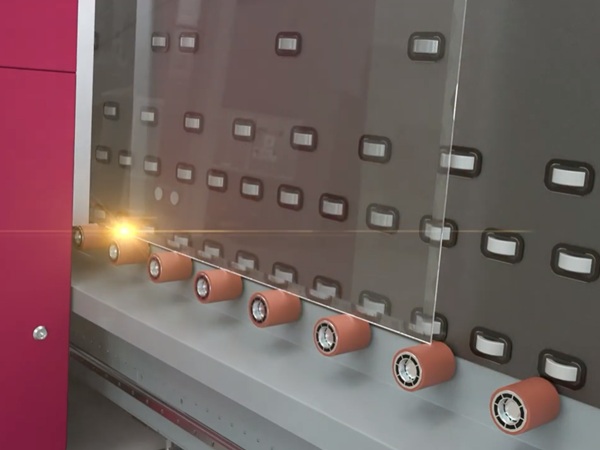
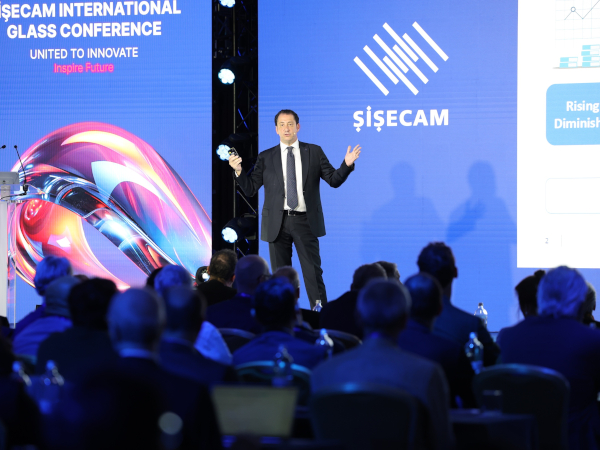
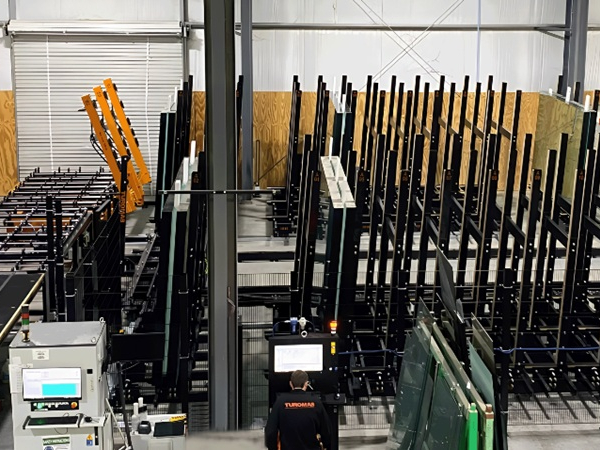


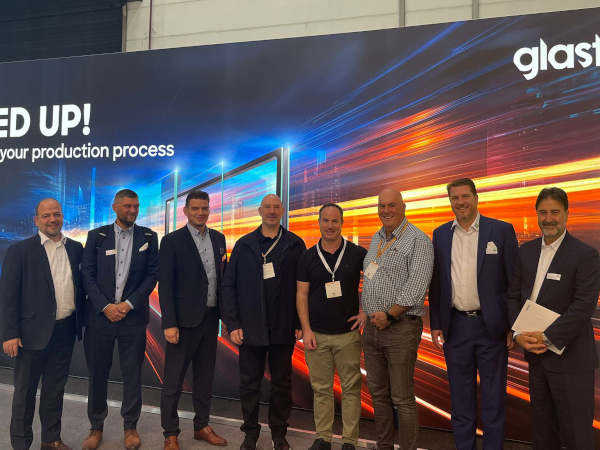



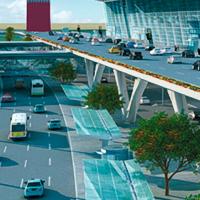

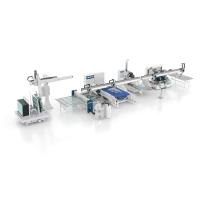

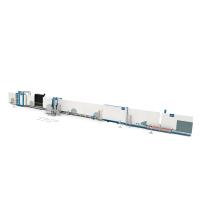
Add new comment